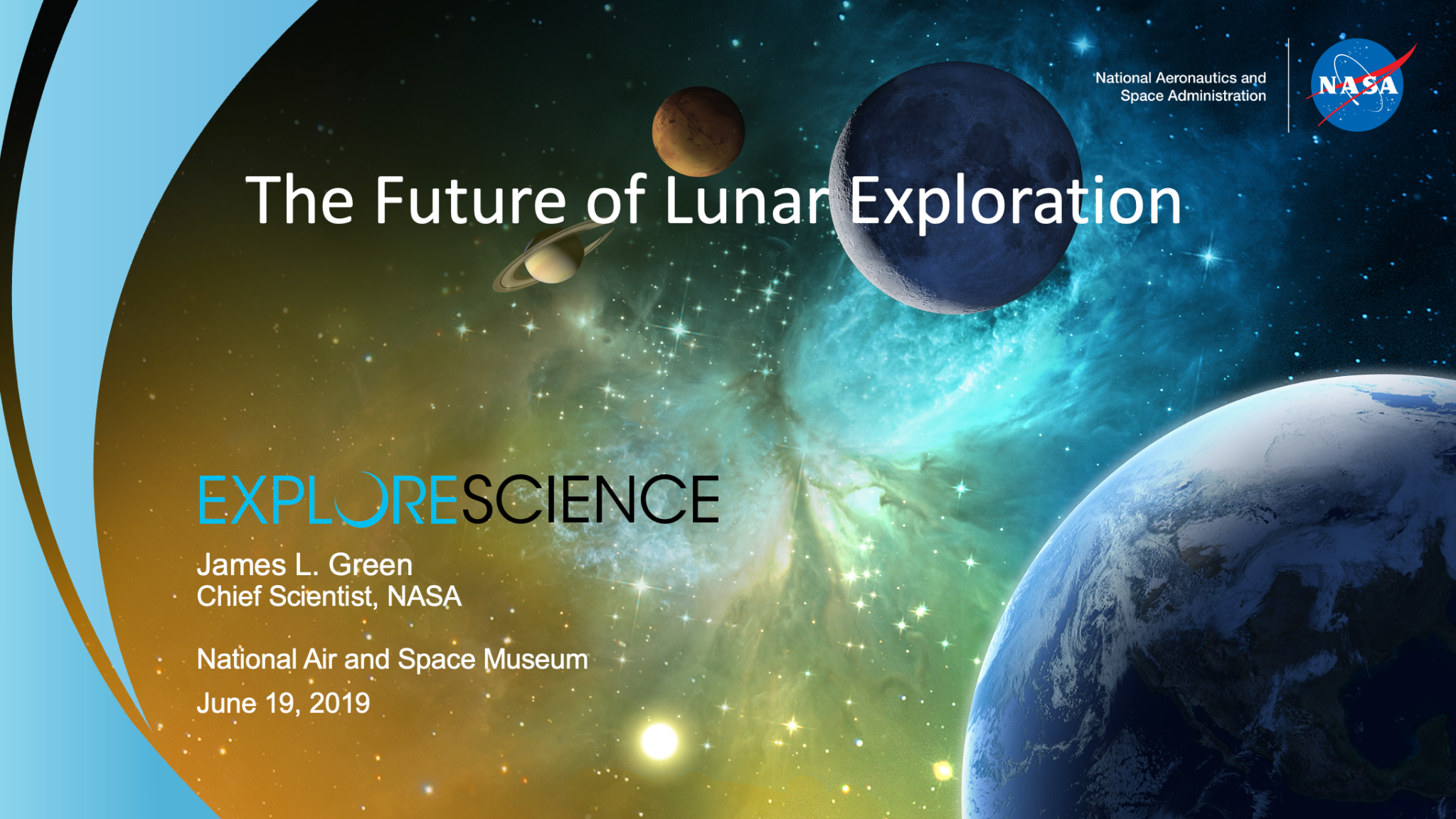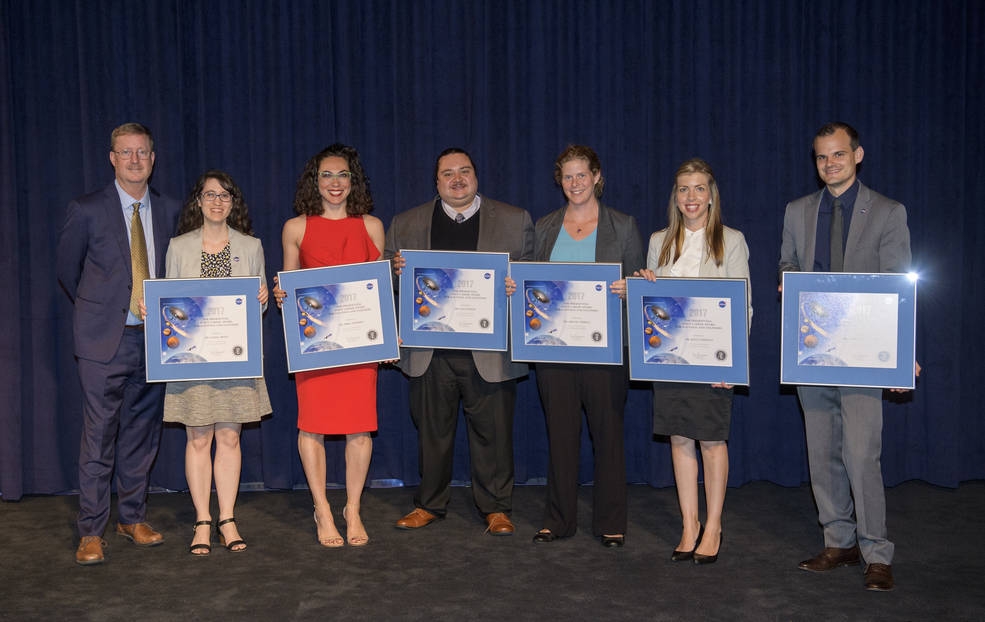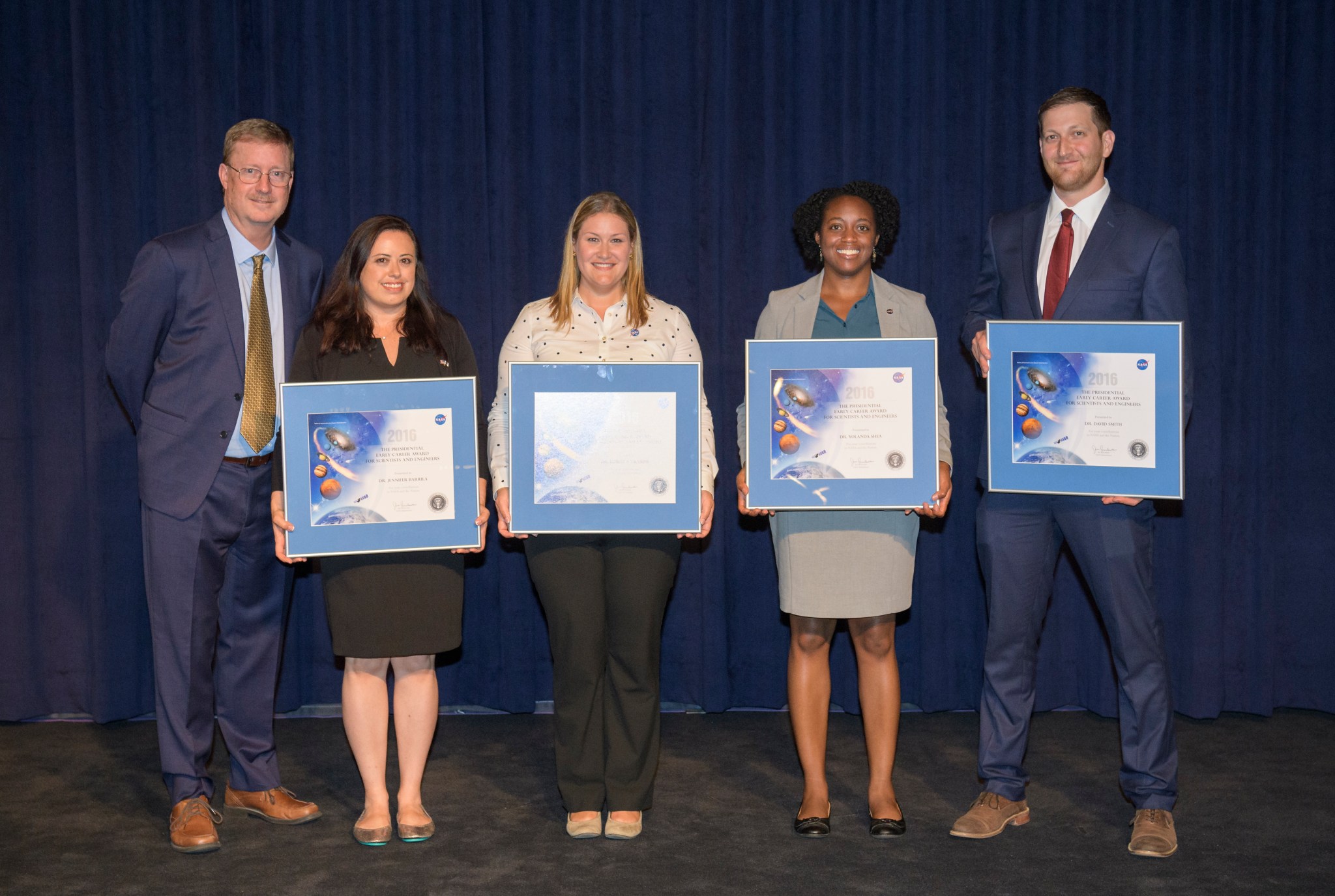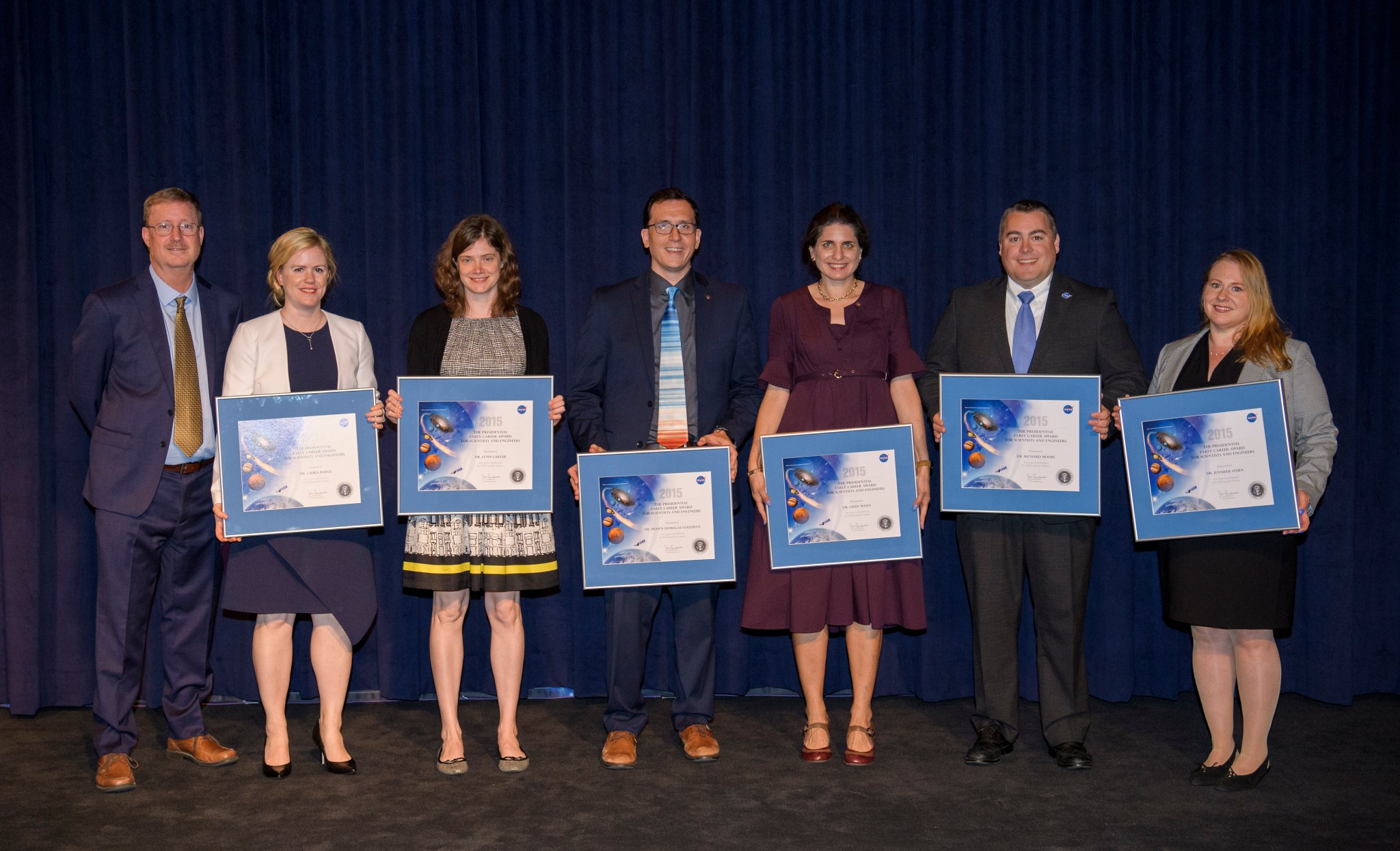OCS Highlights Archive
The NASA Tartan
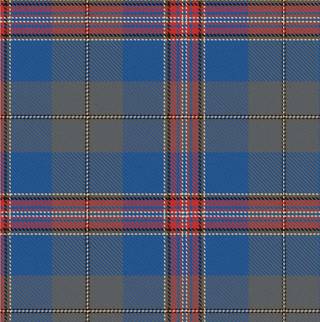
The Apollo 11 50th anniversary commemorative tartan consists of six colours. Red, White and Blue represent the colours of the NASA logo. Grey represents the moon landing. Brown, Black and White have equal thread counts representing the diversity in the staff that designed and built Apollo 11 and ultimately landed it successfully on the moon. The grey colour representing the moon landing will have a thread count of 50 signifying the 50th anniversary.
The Future of Lunar Exploration
Chief Scientist’s TED Talk featured on the TED Radio Hour
Dec 2018: Dr. Jim Green’s TED Talk was featured on NPR’s TED Radio Hour episode entitled “The Next Frontier.”
Mars InSIGHT Landing
NASA STEM Day at Fenway Park
UNISPACE
June 2018
PECASE
Eighteen NASA funded researchers have received the Presidential Early Career Award for Scientists and Engineers (PECASE) from the White House.
The PECASE awards are the highest honor bestowed by the U.S. government on scientists and engineers who are beginning research careers. The award recognizes recipients’ potential in advancing the frontiers of scientific knowledge and their commitment to community service, as demonstrated through professional leadership, education or community outreach.
“These PECASE winners represent some of the brightest early career researchers that NASA supports. They were selected for what they have already accomplished, but more importantly, we expect they will reach even higher goals in the future. They are shinning stars.” Dr. James green, NASA Chief Scientist.















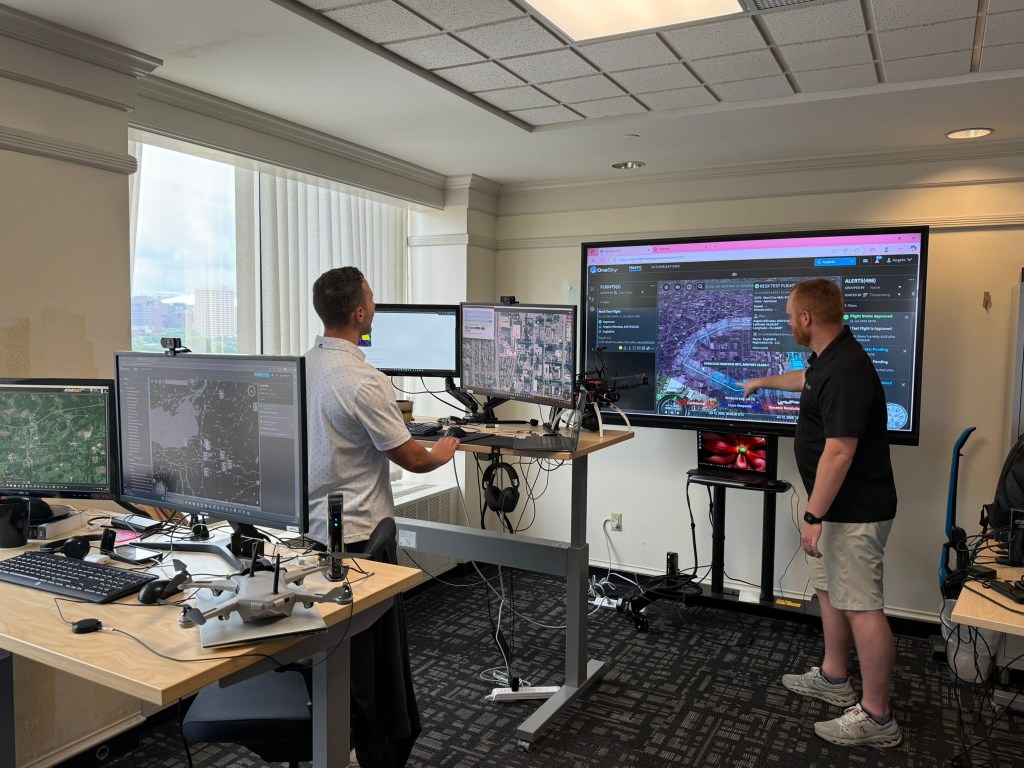





-Carolyn_Y._Ng.jpeg?w=1024)



